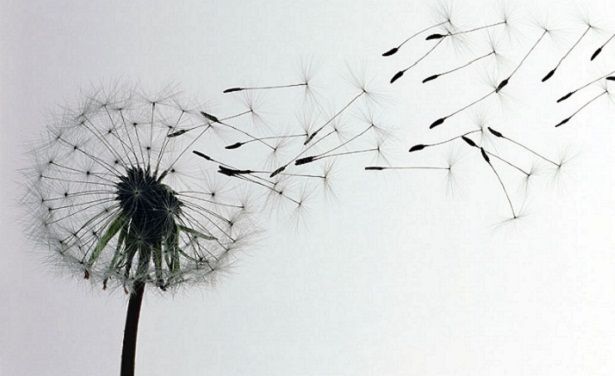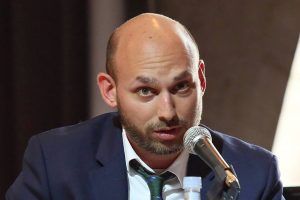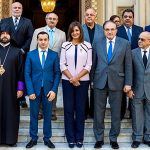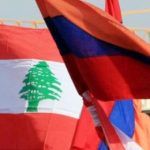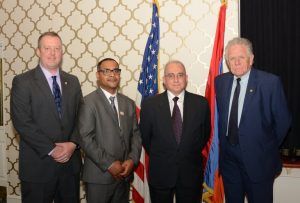Artsakh’s coat-of-arms characterizes the independent and proud spirit of Artsakh
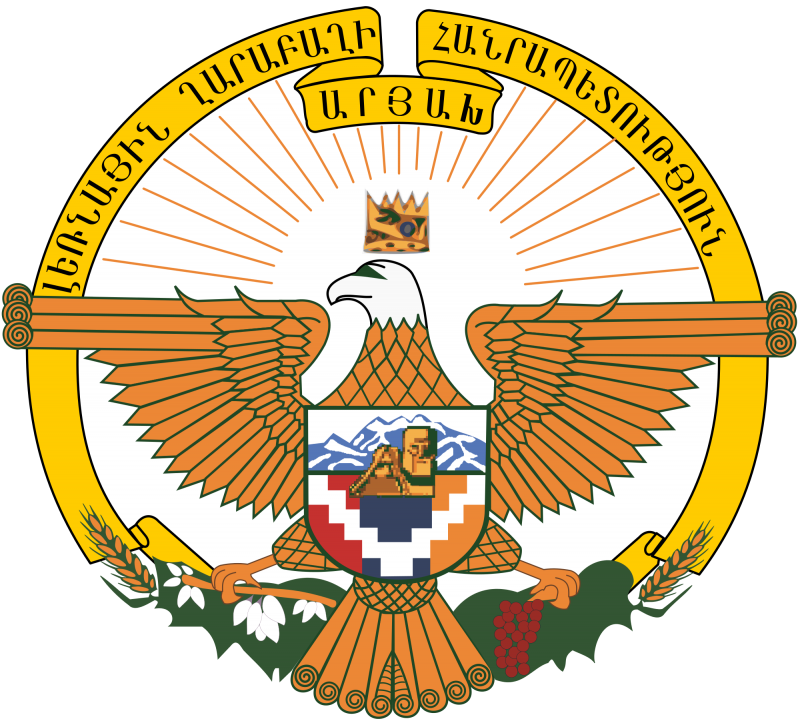
By the decision of 17 November 1992, the Supreme Council of the Nagorno-Karabakh Republic accepted the emblems of the Republic (flag, coat-of-arms and national anthem). The coat-of-arms is the symbol of the sovereignty of the Nagorno-Karabakh Republic, the unity of the nations living within its territory and the free and legal state that is being built. The author of the coat-of-arms is painter Lavrent Ghalayan.
The coat-of-arms of Artsakh characterizes the independent and proud spirit of the people of Artsakh, their creativity and traits. It took a long time to create the coat-of-arms. Lavrent Ghalayan conducted an in-depth study of Armenian history and tried to find elements that were purely Armenian and characterized Artsakh. He saw the final solution in an eagle since an eagle represents power and invincibility. An eagle with spread wings is portrayed in the center of the coat-of-arms.
There are secrets behind the coat-of-arms. The edges of the eagle’s spread wings turn into a decorative sculpture. According to Ghalayan, they are the six vowels of the Armenian language, while the lower part of the wings reminds one of something else. “It seems as though they are feathers, but they are swords. Here I also used the thoughts of Gevorg Emin when he said that a 36-member regiment defended my nation. He was referring to the letters of the Armenian alphabet.”
The wealth of the Artashesyans (the crown of Tigran the Great) is right above the eagle, symbolizing its eternity. The crown is remnant, and those who bear it, that is, the generations, are transient. The mulberry, grape and spikes of wheat of Karabakh are shown underneath the claws of the eagle. Lavrent Ghalayan has conveyed two meanings to this sector of the coat-of-arms. “It is as if they keep the eagle from beneath, and the eagle keeps them with its claws.” This is the idea of unity.
The spikes of wheat shown on the right and left sides symbolize abundance and hospitality. Each spike consists of 13 pieces-one is guiding, and the others are in pairs. “The number 12 signifies the number of months in a year. I pray to God to help us have bread all year long and to make sure we are able to share it with others,” Lavrent Ghalayan says and states that this is the complete image of the Armenian nation, but there was a need to place details that would affirm the identity of Nagorno-Karabakh, and he found the solution, that is, to portray what characterizes Artsakh (Mount Kirs, the Tatik and Papik (Grandparents) and flag) on a shield seen in the center of the eagle.
All this is outlined with a yellow ribbon with the inscriptions “Nagorno-Karabakh Republic” and “Artsakh” in Armenian, and there is a radiating sun therein. Lavrent Ghalayan kept smiling and his eyes kept shining while deciphering the coat-of-arms. He went back to 1991, the years of national awakening that laid the foundation for our country’s independence. He confessed that it seems as though he is hearing symphony music and is reciting the words in Teryan’s poems: “Babylon was our rival, see, it has disappeared, it is gone like the wind.
Assyrians were our enemies, look, there is no field and place and there are no stones. Our spirit is strong, our hearts have seen fire and destruction a lot.” Happy anniversary, Artsakh!




 Արևելահայերեն
Արևելահայերեն Արևմտահայերեն
Արևմտահայերեն Русский
Русский